Search Videos and More
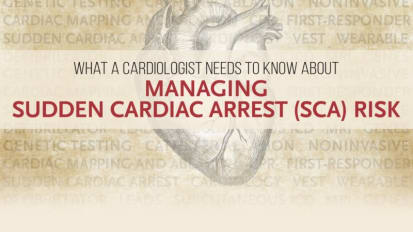
Where Did the Leads Go? When is Subcutaneous ICD the Right Choice? – 2016 AHA Symposium, Part 2
Dr. Mitchell N. Faddis discusses how subcutaneous ICD shocks avoid myocardial injury, if implantation is safe and effective and which patients are the ideal candidates for an SICD.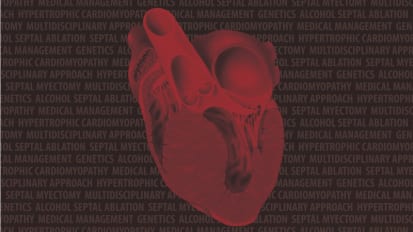
Preventing Sudden Cardiac Death in HCM - 2015 AHA Symposium, Part 2
Learn the details of sudden death in HCM to aid in what is often a sobering discussion for patients
Optimal Medical Treatment: The Holy Grail - Cardiology Grand Rounds
University of Alabama cardiologist Vera Bittner, MD, MSPH, discusses the barriers and opportunities in the implementation of optimal medical treatment.
Early Intervention & Multidisciplinary Care: Key to Positive Outcomes for Heart Failure Patients at Barnes-Jewish Hospital
Barnes-Jewish Hospital is the only hospital within 200 miles of St. Louis to offer a full spectrum of heart failure and cardiomyopathy care integrated with other disciplines.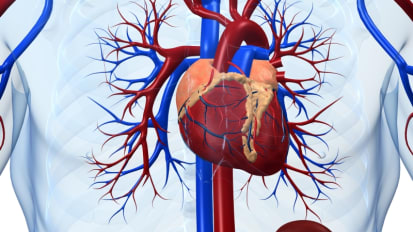
New Guidelines for Prevention of Cardiovascular Disease: Concept and Controversy – Cardiology Grand Rounds
The scientific community is constantly conducting research and clinical trials to increase the knowledge regarding the manifestation, treatment and prevention of cardiovascular disease.
Culprit v Complete Revascularization for STEMI Patients: The Role of Invasive Coronary Imaging – Cardiology Grand Rounds
To understand invasive techniques for characterization of atherosclerotic plaque and how these influence patient care.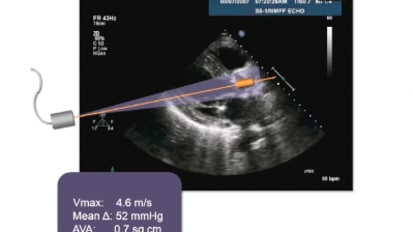
Progress in Aortic Stenosis: New Insights, New Options, New Challenges – Cardiology Grand Rounds
The advent of transcatheter valve therapies has opened up new treatment options and new challenges in patient selection for valve replacement.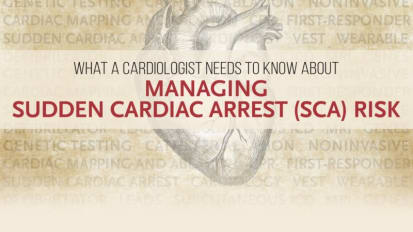
Yes or No: Can My Patient With an ICD Have an MRI? – 2016 AHA Symposium, Part 3
Dr. Pamela K. Woodard discusses at the AHA Conference if patients who have an ICD can have an MRI, the types of ICDs for MRI scanning and the risks of MRI scanning patients with a CIED.
Advancements in Robotic-Assisted Mitral Valve Surgery at Barnes-Jewish Hospital
In October 2024, Tsuyoshi Kaneko, MD, WashU Medicine division director of cardiothoracic surgery at Barnes-Jewish Hospital, performed the hospital’s first robotic-assisted mitral valve surgery.
Transcatheter Aortic Valve Replacement (TAVR): Overview
Physicians at the Washington University and Barnes-Jewish Heart & Vascular Center have extensive experience and expertise evaluating and treating people who may need transcatheter aortic valve replacement (TAVR).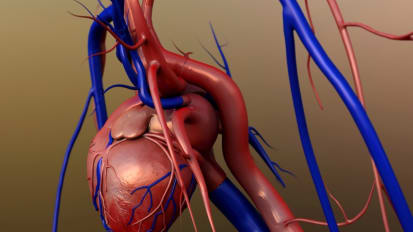
Genetic Basis of Thoracic Aortic Aneurysms and Acute Aortic Dissections: Molecular Pathways and Gene-specific Management – Cardiology Grand Rounds
The major diseases affecting the thoracic aorta are aortic aneurysms and acute aortic dissections.
Precision Medicine at the Extremes of Heritability
Rahul Deo, MD, PhD and Assistant Professor in the Division of Cardiology at UCSF discusses how a type of facial recognition-based strategy is possible for segmentation within an echocardiogram.
Washington University Vascular Surgeons at Barnes-Jewish Hospital Deliver Outstanding Care to Patients
The Washington University and Barnes-Jewish Heart and Vascular Center is a national leader in heart and vascular treatments and offers exceptional care for conditions including heart valve disease, heart failure, coronary artery disease, aneurysms, carotid artery disease and more.
Revascularization Controversies in Simple and Complex Coronary Artery Disease
Coronary atherosclerosis is a diffuse vascular process and a life-long disease where optimal medical therapy is the foundation for all patients with CAD.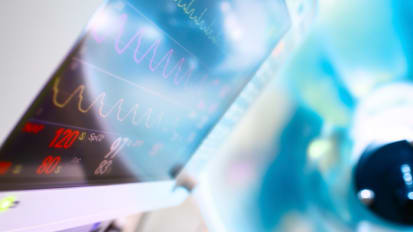
Current and Novel Concepts in the Management of Acute Heart Failure: Emphasis on the Cardio-Renal Syndrome – Cardiology Grand Rounds
Gain an understanding of the current concepts in managing acute heart failure and understanding the pathophysiology of heart failure, focusing on the relationship to kidney function.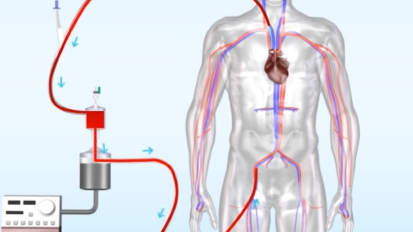
AngioVac Procedure: Treatment for Deep Venous Thrombosis
Dr. Mohamed A. Zayed discusses how the AngioVac device offers an alternative to existing therapies that treat venous thromboembolism.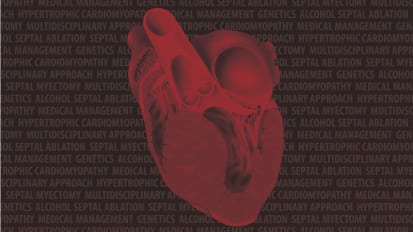
New Approaches to the Surgical Management of Hypertrophic Obstructive Cardiomyopathy - 2015 AHA Symposium, Part 4
Minimally invasive septal myectomy procedures, atrial fibrillation is an under-recognized problem in HOCM patients.
Complex Percutaneous Coronary Intervention (PCI) 2023
Dr. Marc Sintek, MD provides an overview of PCI, how we do it, and why that matters. Dr. Sintek will also share some case examples and some of the complex PCI tools used.
Limitations of the Coronary Angiogram: More than Meets the Eye – Cardiology Grand Rounds
Dr. William Fearon of Stanford University Medical Center presents Limitations of the Coronary Angiogram: More than Meets the Eye.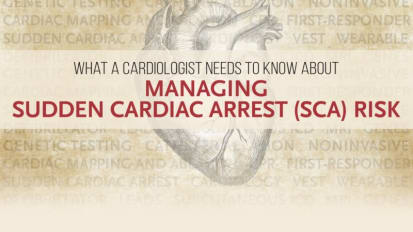
Treating VT like Cancer: Entirely Noninvasive Cardiac Mapping and Ablation – 2016 AHA Symposium, Part 6
Dr. Phillip Cuculich and Dr. Clifford Grant Robinson discuss noninvasive cardiac mapping and ablation, including understanding the effects of radioablation, what is cardiac radiobiology and how and where to deliver energy.
The Future of Clinical Cardiovascular Research – Cardiology Grand Rounds
Dr. Eric Peterson, Director, Duke Clinical Research Institute, presents The Future of Clinical Cardiovascular Research.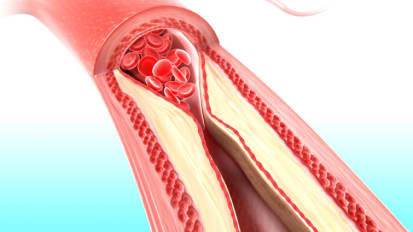
Updated Risk Assessment Guidelines for Cardiovascular Disease – Cardiology Grand Rounds
Dr. Donald M. Lloyd-Jones of Northwestern University Feinberg School of Medicine presents Updated Risk Assessment Guidelines for Cardiovascular Disease.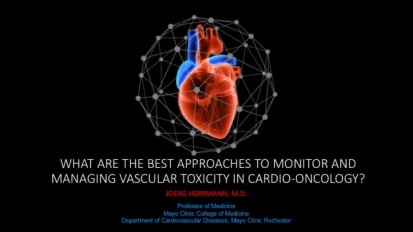
What are the Best Approaches to Monitor and Manage Vascular Toxicity in Cardio-Oncology?
Mayo Clinic cardiologist, Joerg Herrmann, MD, provides a review of the three main types of presentation of vascular toxicity seen with chemotherapy: acute vasospasm, acute thrombosis, and accelerated atherosclerosis.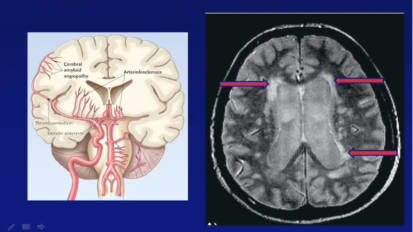
Abnormal Blood Pressure Regulation and its Consequences in Elderly People – Cardiology Grand Rounds
This presentation will review age- and hypertension-related changes in blood pressure regulation and how they impact the development of cognitive and mobility impairments in advanced age.


